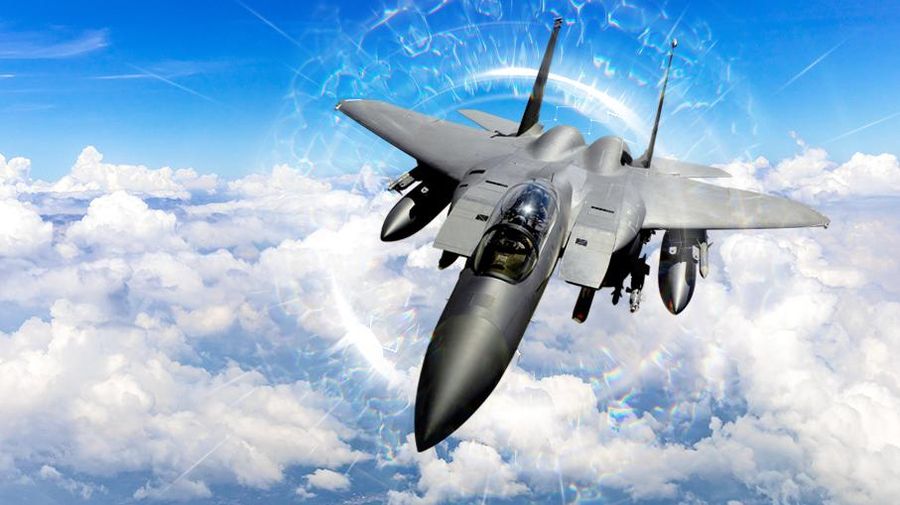Jakarta — In today’s era of air dominance, power is no longer measured solely by fleet size, but by each unit’s ability to reach, evade, and strike before being detected. Fighter jets have become the apex of modern engineering—where stealth design, AI-driven avionics, and fully integrated weapon systems converge.
The United States continues to lead in this domain. The F-35 Lightning II, now adopted across NATO allies, and the iconic F-22 Raptor represent the cutting edge of fifth-generation air combat platforms. Backed by operational experience and a vast global support network, America’s fleet is as much about technological supremacy as it is about strategic readiness and scalability.
However, competition is intensifying. China’s J-20 Chengdu stealth fighter aims to rival the F-22 in long-range precision and radar evasion, while Russia’s Su-57 and Su-35 highlight advanced maneuverability and domestic innovation, reflecting a clear ambition to reduce dependency on Western defense systems.
Europe, too, asserts its presence. The Eurofighter Typhoon, a joint venture by the UK, Germany, Italy, and Spain, stands as a battlefield-proven platform. France’s Dassault Rafale delivers carrier-capable multirole precision, while Sweden’s JAS 39 Gripen offers agile and cost-efficient alternatives. Together, they represent not only military strength, but pan-European collaboration in high-performance aerospace development.
The U.S. maintains its advantage through a triad of technical capabilities, operational maturity, and global interoperability. The F-35 is not merely a jet—it is an integrated solution, continuously upgraded with AI, digital twin simulations, and cyber-resilient avionics.
Behind each aircraft lies a complex supply chain and workforce: engineers, materials scientists, AI specialists, and electronic systems architects, all essential to pushing the boundaries of what these machines can do. The development of fighter jets has become a strategic lever for technological spillovers into civilian aviation, advanced manufacturing, cybersecurity, and even renewable energy systems.
Defense aviation has evolved into a high-impact industrial sector, shaping national talent pipelines and global strategic alliances. Recruitment for roles such as aerospace engineers, radar system designers, and propulsion experts is now a cornerstone of long-term national competitiveness.
As investments in defense technology continue to rise in China, Russia, Europe, and the Indo-Pacific, the race for aerial dominance is becoming just as much a matter of innovation leadership as it is of defense.






